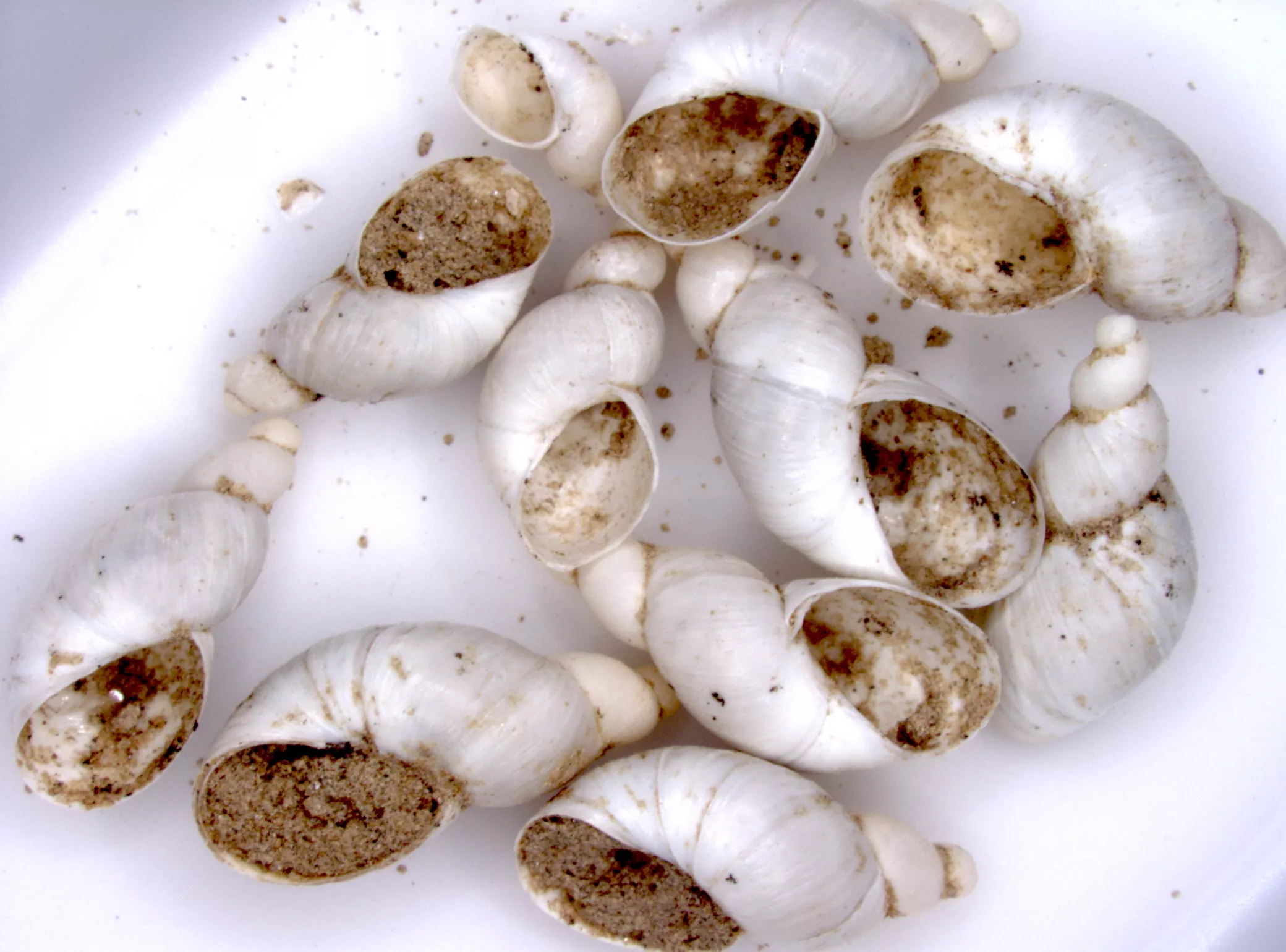An international research group led by the staff of the Institute for Geological and Geochemical Research (CSFK FGI) of the ELKH Research Centre for Astronomy and Earth Sciences studied the ancient temperature and precipitation conditions of the last ice age in the southern part of the Carpathian Basin. The research was carried out by examining snail shells preserved in loess sediments and based on the stabilizing isotope compositions of stalactite crusts in nearby limestone recesses. Their latest findings were published in the journal Paleoceanography and Paleoclimatology, published by the American Geophysical Union (AGU).
During the last ice age in the North Atlantic – which was fundamentally a much colder climate compared to today’s conditions – there were significant and rapid fluctuations in climate. "However, we know little about the impact of these rapid climate fluctuations on Europe's terrestrial climate and ecosystem," emphasized Gábor Újvári, research leader and CSFK FGI senior researcher. This is mainly due to the fact that accurate primeval temperature estimates for the continent are not readily available from climate archives whose age can be determined with high accuracy.
The research group examined both loess sediments formed from wind-transported dust accumulated during the ice age, and also stalactite crusts located close to it in southern Hungary. The exact time of the formation of these climate archives, which according to the studies ranged from 31,000-26,000 years ago, was determined by radiocarbon and uranium-thorium dating. The formation temperature of the carbonate of the snail shells extracted from the loess sediment was determined by the so-called coupled isotope method (more information on this in a previous piece news on the technique).
The compositions were measured at the Geological Institute of Zurich, ETH, Switzerland, from which the average temperature (TM-OTM-O) characteristic of the mollusc growth period (approximately May to October) could be calculated. According to the analysis, during the cold periods (stadials) that mainly characterize the ice age climate, TM-O ranged from 7 to 14°C, which corresponds to annual average temperatures of between -3 and +4°C (compared to today's 11°C). During the intervening sudden warm period, TM-O could reach 16–18°C, which assumes annual mean temperatures (9–11°C) similar to that of today. "As a result, during the sudden, brief warm-up periods (interstadials), the temperature rose by about 4-7°C, something that pleasingly was also reflected in the oxygen isotope composition (δ18O) data of the stalactite crust," says Attila Demény, Director of FGI, head of the stalactite field of research.
The above-mentioned oxygen and coupled isotope analyzes were supplemented by carbon isotope measurements, which made it possible to deduce the aridity (dryness) conditions of the studied area. These show that during the sudden warm periods (interstadials) the summers were drier and warmer, but the year as a whole (and especially the winter period) was wetter, while the stadials were much colder and drier on an annual basis, something which favored dust accumulation. All these rapid climate changes were due to coupled ocean-atmospheric realignments, suggesting that any change in ocean currents in the North Atlantic during the current period of global warming could have a significant impact on Hungary's climate.


